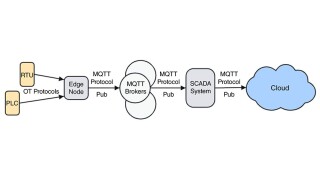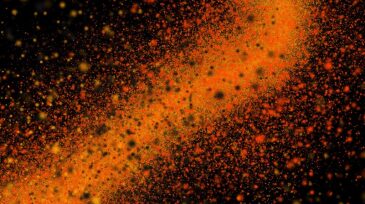Artificial lift
This paper presents a case study highlighting the demonstration, refinement, and implementation of a machine-learning algorithm to optimize multiple electrical-submersible-pump wells in the Permian Basin.
This paper presents a closed-loop iterative well-by-well gas lift optimization workflow deployed to more than 1,300 operator wells in the Permian Basin.
This paper explores the use of machine learning in predicting pump statuses, offering probabilistic assessments for each dynacard, automating real-time analysis, and facilitating early detection of pump damage.
-
One thing this cycle has in common with all of the other down cycles the industry has been through is that most companies ignore the opportunities a down cycle presents.
-
A production-optimization strategy of an artificial-lift system resulted in the mitigation of challenges related to reservoir heterogeneities and completion design.
-
Case studies from around the world prove that big rewards await companies that optimize the artificial lift systems keeping their mature fields alive. The success stories involve a mix of monitoring, automation, and performance tracking.
-
When a gas lift system starts performing poorly, there is a good chance no one will notice. It is not an event that demands attention like a broken pump. A gas lift system will continue injecting gas into wells and oil will continue to come out. Just not as much oil as there could be.
-
Celebrating five individuals and their contributions to the industry.
-
It was established that improving the reliability of the TH-connector system has a direct effect on the unintervened life of the ESP electrical system.
-
The new approach joins well performance from production-system analysis and true valve performance from the VPC database to form an integrated system performance tool.
-
This paper describes the use of a root-cause-failure-analysis (RCFA) process to improve artificial-lift-system performance in a project in Chad.
-
The digital repository of our valuable SPE papers was first launched as the SPE eLibrary in 1997 and subsequently was updated as OnePetro in 2007. This great collection has become a valuable resource for our global industry.
-
In artificial-lift applications, a new anchoring device for insertable progressing-cavity pumps (I-PCPs) extends I-PCP applications to a larger set of candidate wells.












